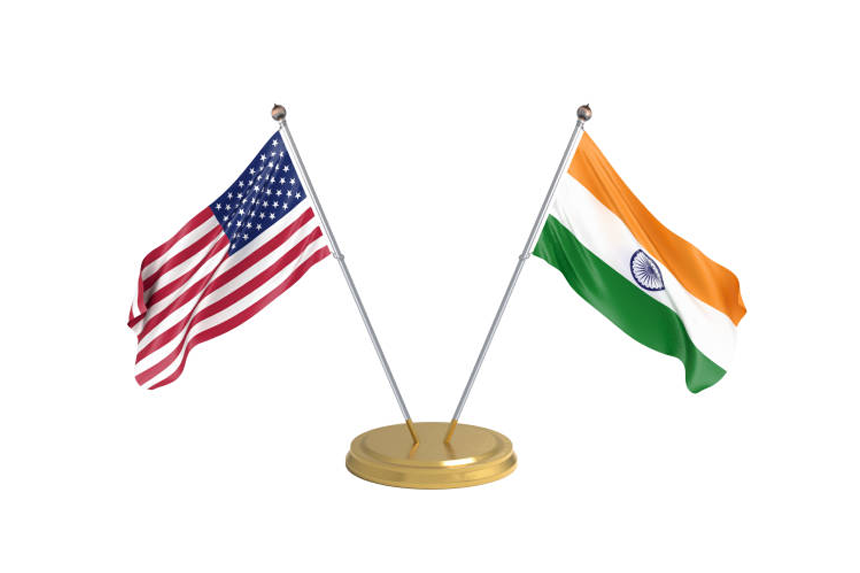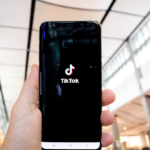As he and US President Donald Trump were wrapping off a high-profile summit, Indian Prime Minister Narendra Modi praised a “mega partnership” between India and the United States. In an attempt to lower the US-India trade deficit between the two countries, the talks resulted in an agreement whereby India would import more US oil and gas.
How Might Tariffs Affect US-India Trade Relations?
Modi’s two-day visit coincides with a period when Trump has mandated that all US trading partners—including India—face broad reciprocal tariffs. Although both leaders praised one another’s leadership, Trump called India a “big problem” for imposing some of the highest trade tariffs worldwide.
In response, Modi said he was open to reducing US goods’ taxes, returning illegal Indian immigrants, and buying military fighter planes from the US. Referring to Trump’s “Make America Great Again” slogan and putting his own spin on it, Modi said, “It’s Make India Great Again – MIGA,” at a joint news conference.
Emphasizing the combined economic efforts of the two nations in US-India commerce, Modi said, “MAGA plus MIGA equals a Mega Partnership for Prosperity.”
What Does the Energy Deal Mean for Both Countries?
Trump announced that India would be “purchasing a lot of our oil and gas” as part of efforts to reduce the trade imbalance. Underlining the reciprocal gains of the US-India trade pact, Trump said, “they need it, and we have it.”
Economic analysts say India, which already depends on imported oil from several sources, finds this deal with the US to be a reasonable choice. “The energy agreement presents a rather low-hanging fruit for both parties,” said a top economist from DBS bank in Singapore.
How Will India Juggle Its Trade Deficit?
Though the pact has advantages, some experts warn India to control its own trade deficit closely. “US oil and gas could be more expensive due of a stronger dollar,” said a senior research fellow at the National University of Singapore’s Institute of South Asian Studies.
Still, “reciprocal taxes are probably going to follow on India too at some point. Emphasizing the uncertainty in US-India trade policy, he said, hopefully for India they won’t show out to be more than predicted.”
What Is the Future of US Military Sales to India?
Trump also confirmed that US military gear sales to India would rise, so providing Delhi with modern F-35 fighter fighters at last. “We are strengthening our defense ties with India like never before,” he remarked, underlining the relevance of defense in US-India economic relations.
In what ways are the two countries handling immigration concerns?
Another hot issue of debate was immigration after Trump declared the US will extradite a guy accused of planning the 2008 Mumbai terror attacks to “face justice in India”. Modi thanked Trump for this gesture and vowed to accepting repatriations of undocumented Indian people living in the US.
The US recently sent 104 Indian nationals accused of illegal immigration on a military plane back here. Wide-ranging discussions on immigration laws sprang from a video of the deportees sporting shackles. Soon India is expecting to get a second airplane loaded with deported Indian immigrants.
With most of H-1B visas and among the biggest numbers of illegal immigrants in the US, Indians form one of Originally outlawed by Trump during his first term, this initiative is getting fresh examination right now.
How Are US Tariffs on Global Trade Partners Expanding?
Trump told his staff to figure out broad additional tariffs on US trading partners before visiting Modi, warning them would take effect by April 1. Although he recognized the dangers of this approach, he contended that it would help American industry and generate employment.
“Based on import taxes, our allies are worse than our enemies,” Trump informed reporters. “We lived under a really unfair system. Everybody made advantage of the United States.
A White House release also attacked India and other nations for their high tariffs. According to the report, for nations awarded Most Favored Nation (MFN) designation, the average US tariff on agricultural products is 5%. Still, the report said, “India’s average applied MFN tariff is 39%.” The US also pointed out that India levies a 100% tariff on US motorcycles while it just charges a 2.4% duty on Indian motorcycles.
Will new tariffs affect other US trade relationships?
Citing issues with fentanyl manufacture, Trump has already added an extra 10% duty on Chinese imports. Trump claims that this synthetic opioid helped start the US overdose epidemic. He has also threatened to tax Canada and Mexico, the two biggest trading partners of the US. Originally suspended for thirty days, these tariffs might go active in March.
The US also removed exception from its 2018 steel and aluminum tariffs earlier this week, therefore indicating a stricter attitude on world trade policy.
Ultimately
Although with this new alliance the US and India have increased their economic and defense relations, trade imbalances and the possible effects of reciprocal tariffs still raise questions. The world will be closely observing as both leaders negotiate their different economic policies to see how this developing US-India trade alliance turns out.




